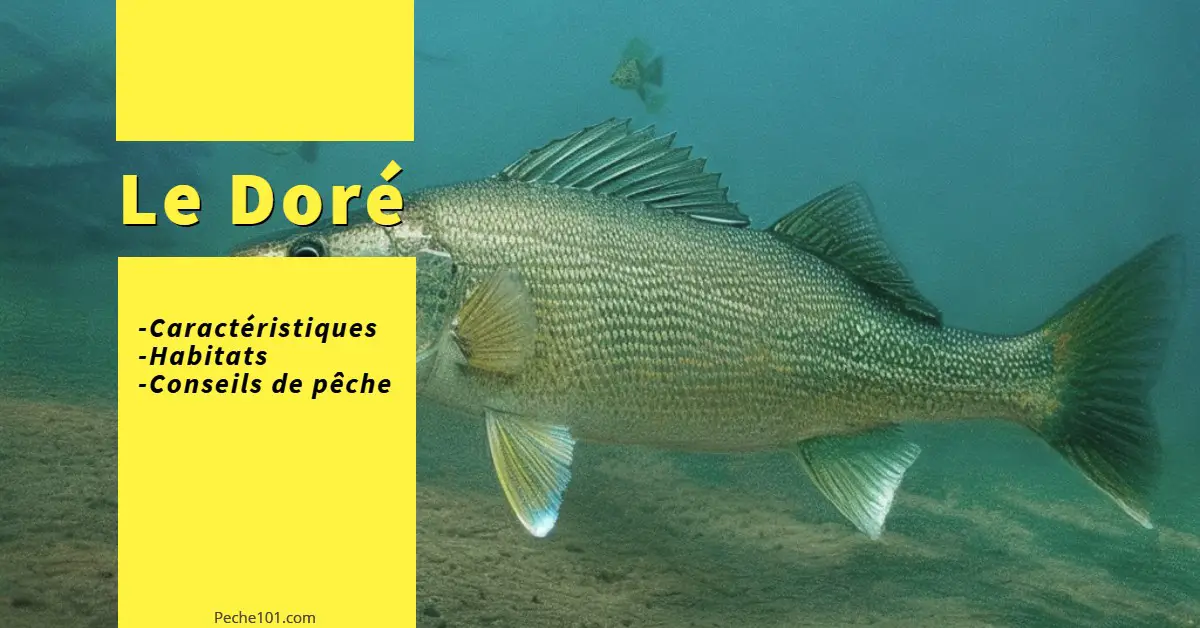The Walleye (Sander vitreus) is a species of large perch found mainly in large bodies of water such as rivers and lakes.
This fish is characterized by its gregarious behavior, which means it prefers to live in groups with other individuals of the same species.
It is also known to be lucifugic, preferring to avoid intense light.
Native to northern North America and closely related to the European pike-perch, the Walleye has a vast range and is often referred to as "zander" on the French market.
Article content
A glimpse of gold
| SCIENTIFIC NAME | Sander vitreus |
| COMMON NAMES | Walleye, glass eye, pike-perch, marble eye, yellow walleye |
| DIET | Carnivorous - Mainly smaller fish, aquatic insects and larvae, leeches, crayfish, zooplankton |
| GEOGRAPHICAL BREAKDOWN | In much of North America, northern Mexico and some Arctic regions (Alaska, Greenland) |
| WATER TEMPERATURE | Ideally prefer 18 - 21°C, but can tolerate temperatures of 0 - 32°C |
| AVERAGE LIFE EXPECTANCY | 5 to 20 years |
| AVERAGE SIZE | 0.5 to 3.5 feet (approx. 15 to 105 cm) |
| AVERAGE WEIGHT | Approximately 11 pounds, but can exceed 20 pounds. Record: 22 pounds, 11 ounces. |
Habitat and Behavior
The Walleye is a gregarious fish, active all year round.
It is usually found in rivers and lakes with rocky bottoms, composed of coarse gravel, clay or sand.
Because its eyes are sensitive to intense light, it seeks protection at depth or in the shade of large natural obstacles in clear waters.

Image from: WNMUFM
Power supply
As adults, the Walleye feeds mainly on fish, but can also feast on invertebrates, amphibians and small mammals.
It prefers to feed at dusk, often in shallow waters.
Young walleyes feed on invertebrates such as insect larvae, small crustaceans, leeches and mollusks.
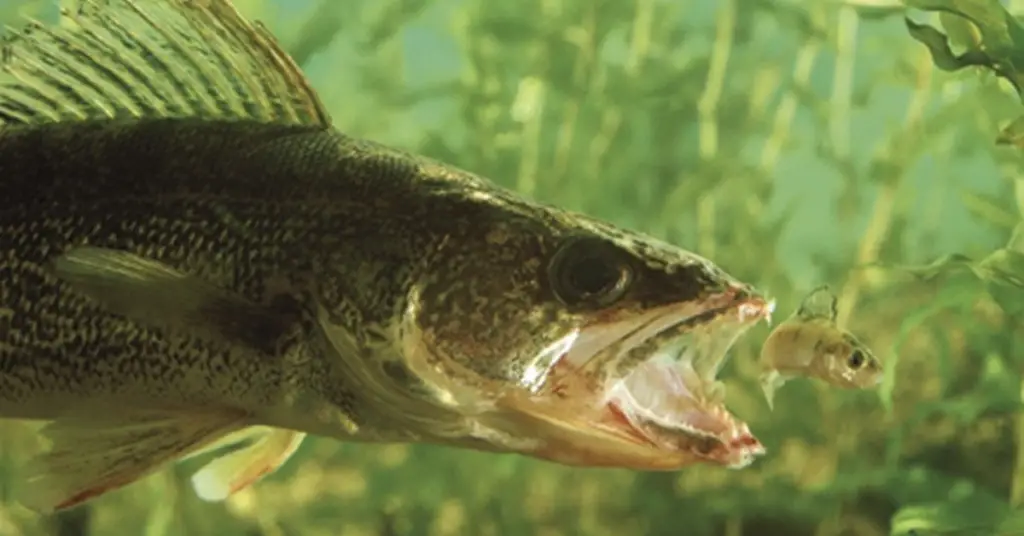
Image from: Icefishing.Rentals
Reproduction
Walleye breeding takes place in spring, when water temperatures range from 5.6 to 11.1°C.
Spawning takes place mainly at night, in shallow waters, on rocky or coarse gravel substrates, at the foot of waterfalls, rapids or dams in rivers, and on shoals in lakes.
Females can produce over 600,000 eggs, depending on their size.
Eggs hatch after 12 to 18 days of incubation, giving rise to fry measuring around 6 to 8 mm.
Walleye growth rates are lower in northern regions and higher in females.
Sexual maturity is reached between 2 and 4 years for males, and between 3 and 6 years for females.
Year-round walleye fishing
Walleye fishing offers an exciting year-round experience.
By adapting your fishing techniques to the seasons and specific conditions, you can maximize your chances of catching this sought-after fish.
Whether it's hot summer nights, foggy autumn days or cold winter ice fishing expeditionsThe Walleye is a captivating fish that rewards patient, passionate anglers.

Image from: blog.iceforce.com
A summary of favorite places by season
| Seasons | Fishing Techniques |
|---|---|
| Summer | Deep waters and near gradients. |
| Fish early in the morning and at dusk. | |
| Spring & Autumn | Shallow areas near bank slopes and lateral dikes. |
| Water with current and structures. | |
| Dark days with cloud cover. | |
| Ice fishing | In early winter, near shallow mud banks and vegetated bays. |
| Large lakes, bays and small lakes are more productive near the edges. | |
| Open-water structures such as mounds and bay edges. |
Walleye fishing in summer
When temperatures peak in summer, Walleye tends to retreat to deeper waters.
Drop-offs and deep structures are consistently among the most effective strategies for capturing these hard-to-find summer walleyes.
As the Walleye has excellent vision in dimly lit environments, the best times of day to fish are at first light and dusk.

The cooler temperatures of summer mornings and evenings also encourage Walleye to approach shallower areas during the first and last hours of daylight.
To learn more about summer walleye fishing, you can consult our article on walleye fishing. snap-jigging. A walleye fishing technique requiring a boat.
Bottom walkers can be very effective for getting your bait close to the bottom. If you're unfamiliar with this technique, our tip article on bottom walkers will help you. fund-raisers for walleye fishing will be able to guide you.
Spring and autumn fishing
In spring and autumn, walleyes are found near shallow areas that they use as spawning grounds.
Shallow water also stirs up debris and increases the water's oxygen content, creating perfect, murky conditions for Walleye hunting.
In autumn, walleyes gather together and intensify their activity, making them more accessible, especially in areas with rocky formations in shallow water and near strong currents.
It's crucial to master their specific behaviors at this time, especially the fact that walleye and hybrids tend to congregate at depths of 25 to 45 feet, near the edges of the seaway.
Adapting your equipment, especially in terms of lures, is essential to maximize your chances of success. Dark or natural shades of lures are preferred to capture the attention of walleye during this pivotal season.
To deepen your understanding of this fruitful period and discover detailed techniques, consult our article dedicated to fall walleye fishing.
Walleyes are usually found suspended near lake shore slopes and river side dykes. These are ideal conditions for feeding areas when water temperatures are in transition.
Dark days with heavy cloud cover are also favourable for Walleye capture, thanks to the reduced light intensity.
Ice fishing for Doré
In early winter, when the ice is thick enough to fish safely, the Walleye is found near shallow mud flats, bays and edges that hold back the last remnants of vegetation.
Larger lakes tend to channel Walleye into bays and shoals, while smaller lakes and ponds are more productive near shore edges and slopes.
When the ice is thick and winter is well advanced, Walleye move to more classic open-water structures such as mounds, ridges and bay edges.
If you're planning a walleye ice fishing trip on a new body of water, be sure to take a look at our 7 tips for finding walleyes in winter. These tips will save you time and greatly increase your chances of success!
More than 450 walleye lakes in Quebec
Walleye is one of Quebec's most prized fish species.
With its delicate flesh and cunning hunting behaviour, for many it represents the ultimate catch. Quebec is fortunate to have no fewer than 484 bodies of water where this emblematic fish proliferates.
Walleye generally prefers deep, cool waters, often staying close to structures such as rock piles, seagrass beds or sandy bottoms.
Although present in a multitude of locations, some waters are particularly noted for their abundance of walleye. For those looking to discover these exceptional places, we've got just what you're looking for.
For a complete list of walleye-fishing waters in Quebec, please consult our detailed guide. "Where to fish for walleye in Quebec. You'll find a complete list of all the waters to target for your next fishing trip.
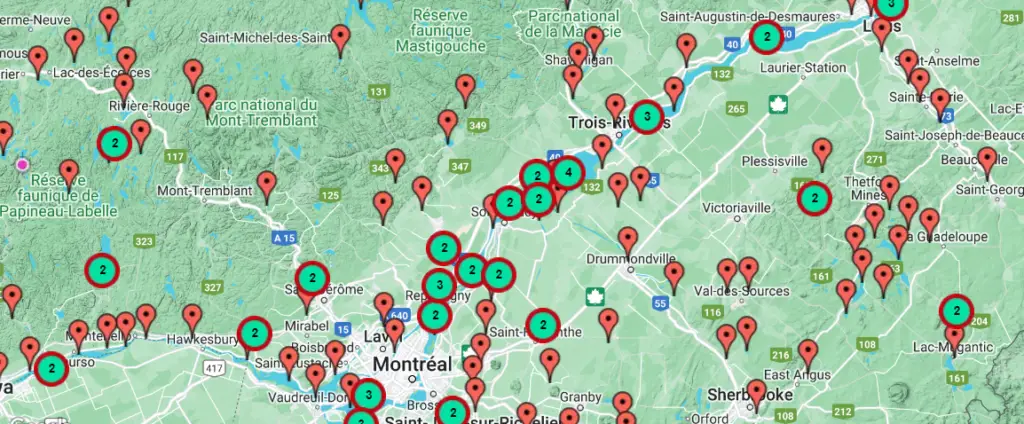
Tips for walleye fishing
If you're looking for effective techniques for catching walleye, we've put together a few effective methods for you.
By using live bait, attractive lures and appropriate fishing techniques, you'll increase your chances of success on your fishing trips.
Also be sure to avoid common mistakes to increase your chances:
- Excessive Drilling
- Fishing where there are no fish
- Do not observe the tip of the cane
- Fishing in non-productive areas
For further information, please consult the 4 mistakes to avoidHere's a short article describing these common mistakes and how to avoid them.
Let's continue with our walleye fishing tips.
Live bait : Live bait is very effective in attracting walleye.
Among the most commonly used are minnows, earthworms and leeches.
Minnows are particularly recommended in spring and autumn.
Earthworms and leeches work best in summer, when walleye is less active.

Lures : Lures are a popular option when walleye are actively feeding.
Crankbaits, jerkbaits and blade baits are among the best lure choices.
Visit crankbaits imitating baitfish, slow and steady retrieve jerkbaits, as well as blade baits for deep-water fishing, have proven their effectiveness and are all excellent choices.
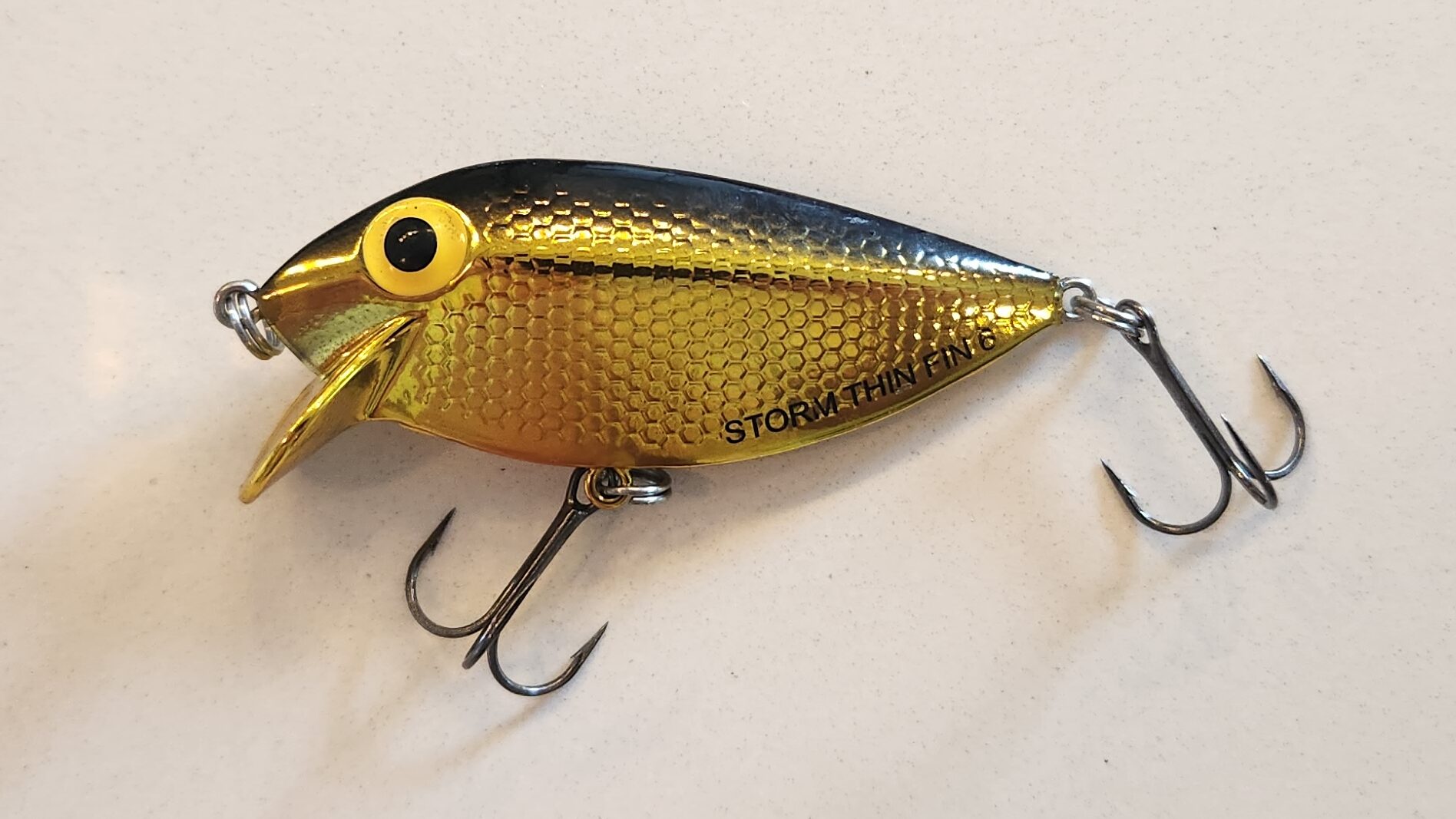
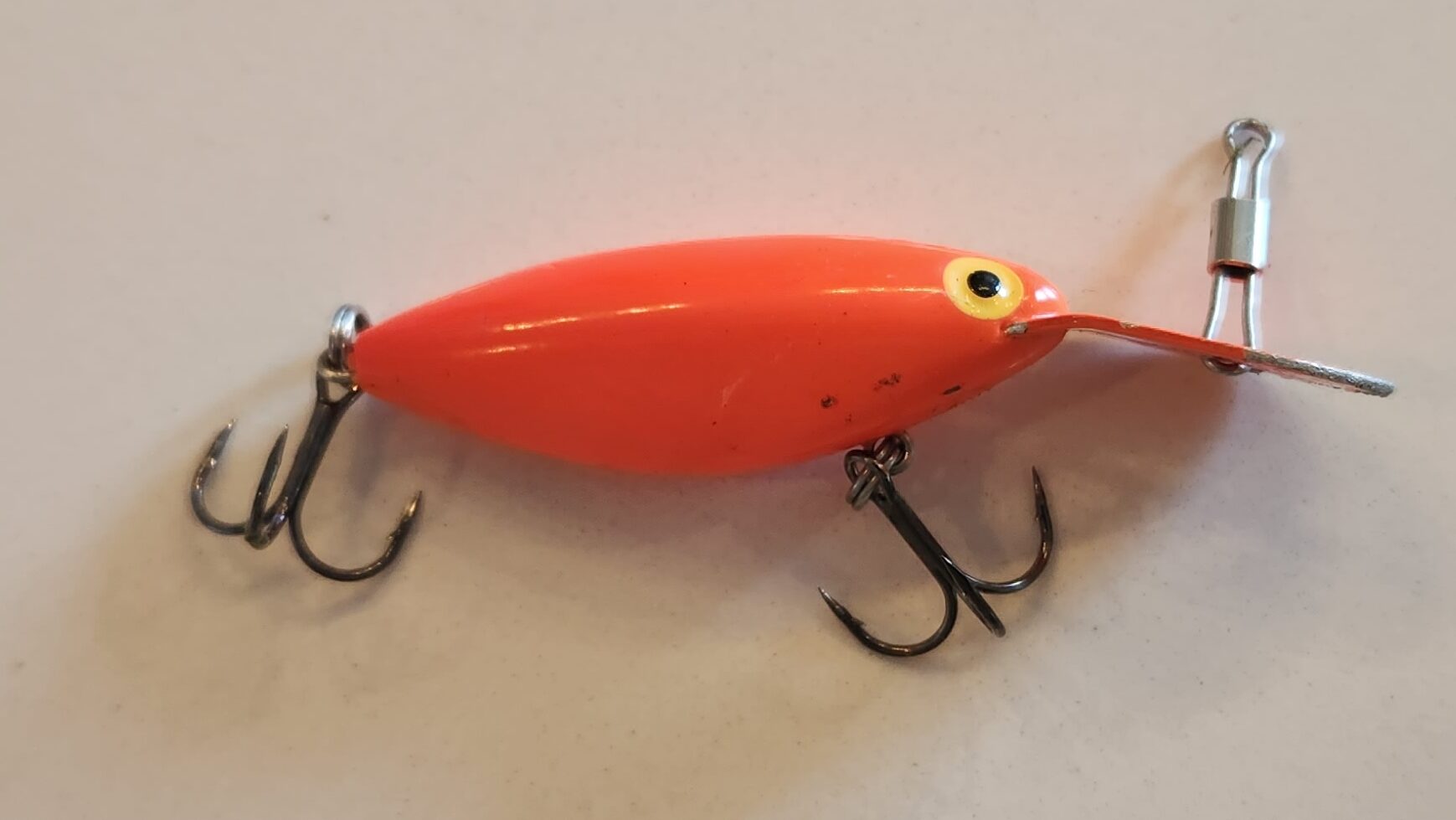
Soft lures : Jigs are very versatile lures for walleye fishing.
Soft jigs are available in a variety of colors and sizes, but curly-tail jigs are particularly popular with anglers.
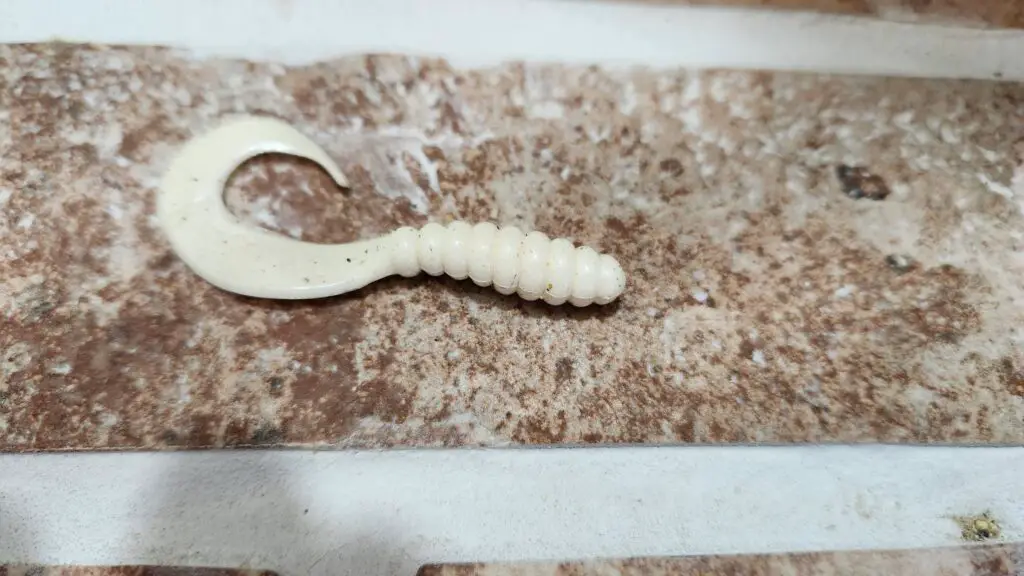
A slow recovery and a few jolts may attract walleye's attention.
You can also make your lure leap to the bottom of the water at intervals of a few seconds.
Fishing Techniques :
- Bottom fishing : Use live bait or soft jigs close to the bottom to increase your chances of catching a walleye.
- Trolling: Trolling is an effective method for finding walleye. Use a variety of baits and lures and adjust the weight of your line to keep your bait close to the bottom.
Walleye is generally bottom-facing, so be sure to keep your presentation a few feet from the bottom to optimize your chances of success.
By following these basic techniques and tips, you'll increase your chances of catching a magnificent walleye on your next fishing trip.
Differentiating walleye from sauger


Image from: Quebec.ca
Yellow gold :
- Body Elongated, slightly compressed at the sides.
- Size Larger, varying from 30 to 50 cm.
- First dorsal fin Mottling: Diffuse mottling, without defined spots. Black mark at the base of the same fin.
- Tail (caudal fin): Large, well-defined white spot.
- It prefers large bodies of water such as rivers and lakes.
- Behavior gregarious and lucifugic.
- Visit reproduced in spring in river beds.
- Power supply mainly fish, but also invertebrates, amphibians and small mammals.
Walleye are gregarious fish (living in groups), active all year round.
It usually frequents rivers and lakes with rocky bottoms, composed of coarse gravel, clay or sand.
It breeds in spring in riverbeds and feeds mainly on fish, invertebrates, amphibians and small mammals.
Black gold :
- Body More elongated, cylinder-shaped.
- Size Smaller, with an average length of 20 to 30 cm.
- Cheeks : With rough scales.
- First dorsal fin Light-colored membrane with visible dark spots.
- Sidewalls Dark patterns generally present.
- Tail (caudal fin): No well-defined broad spot, but a thin white line can sometimes be seen.
The walleye has a more elongated, cylinder-shaped body. It is smaller in size, with an average length of 20 to 30 cm.
It prefers the shallow, turbid waters of large lakes.
Its first dorsal fin has a light-colored membrane with visible dark spots.
It also feeds on fish, invertebrates and other prey found in its environment.
Happy walleye fishing!
We wish you all a great walleye fishing season!
Feel free to share your favorite tips, techniques and advice in the comments below. Your input is greatly appreciated!
Have a great season!
Regulations
Catch limits, minimum fish sizes, reproduction periods and protection zones are all measures put in place to enable fish populations to recover and grow.
By respecting these rules, anglers actively participate in preserving the aquatic environment and preserving fishing traditions for future generations.
Following the regulations when fishing is a responsible act that respects nature and guarantees sustainable fishing and the preservation of ecosystems.
Our guide to fishing regulations in Quebec will help you find your way around.
